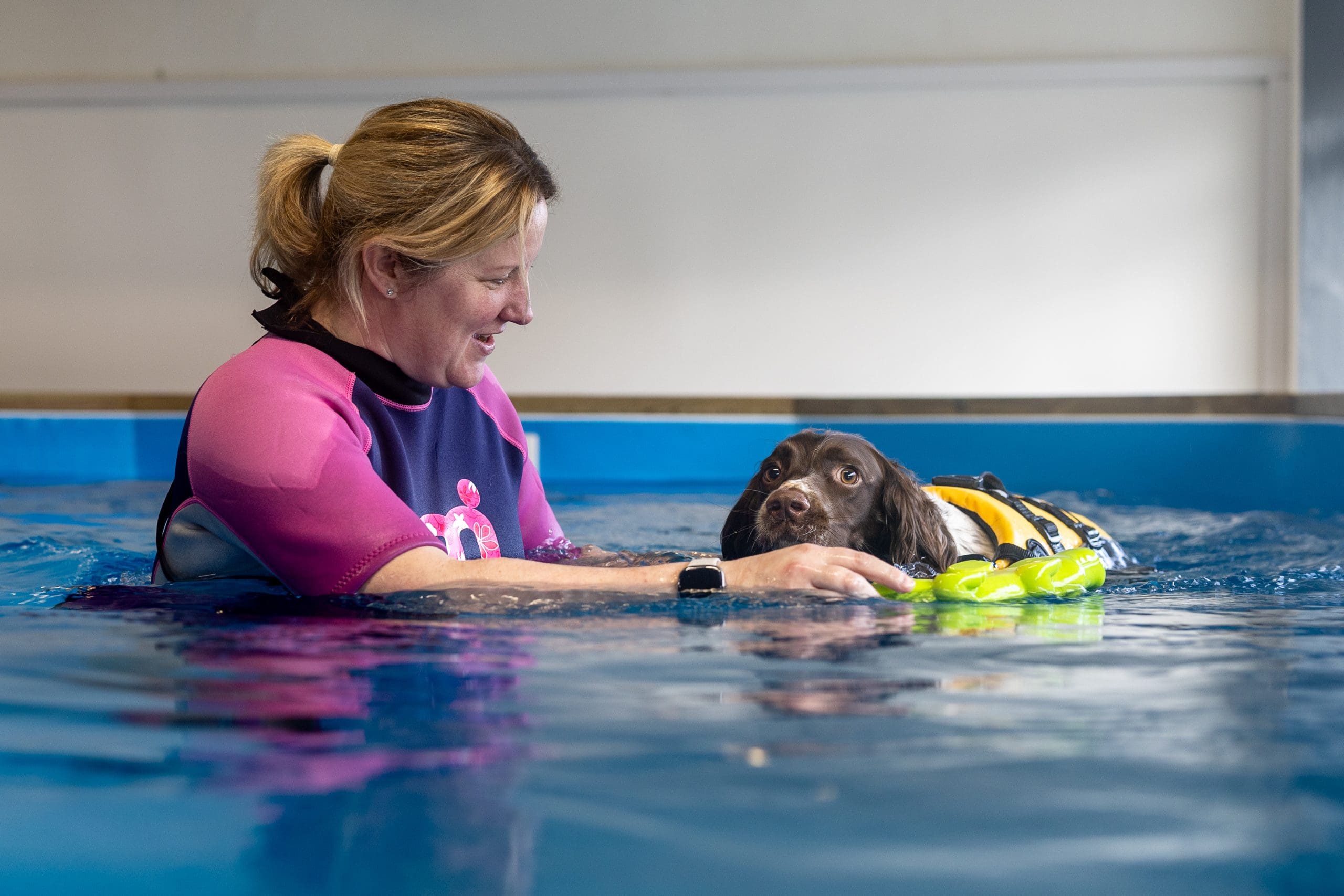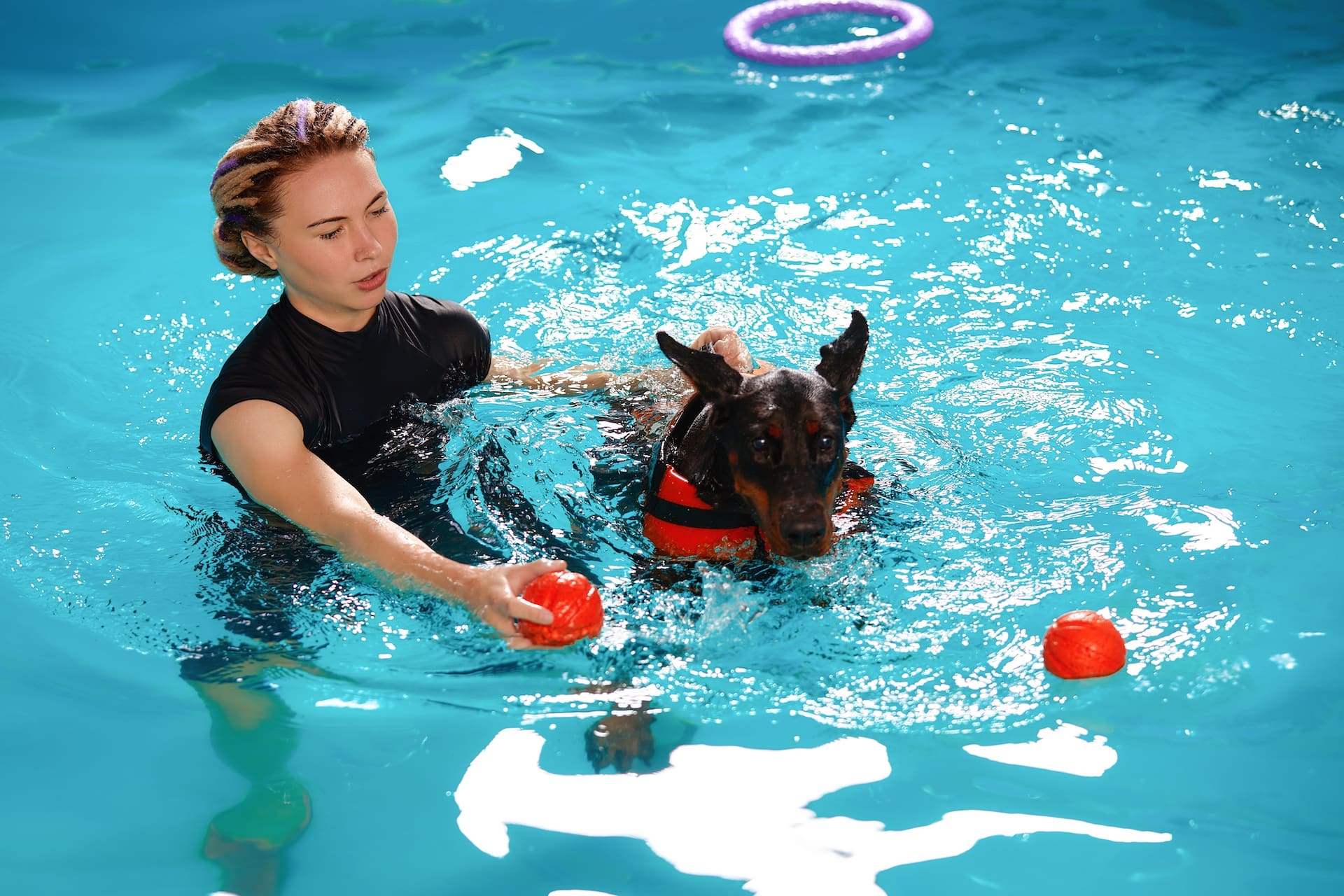Is your beloved dog struggling with mobility, recovering from an injury, or simply needing a gentle yet effective way to exercise? You might be surprised to learn how beneficial a bit of time in the water can be! We're talking about
hydrotherapy, a fantastic form of exercise and rehabilitation that takes place in a specially designed, often heated, pool or on an underwater treadmill.
The real magic of hydrotherapy is that it lets dogs move and exercise without putting painful weight or strain on their joints. It’s a game-changer for many conditions and can seriously boost your dog's quality of life. Let's dive into the amazing benefits, the conditions it helps, and answer some of your burning questions.

